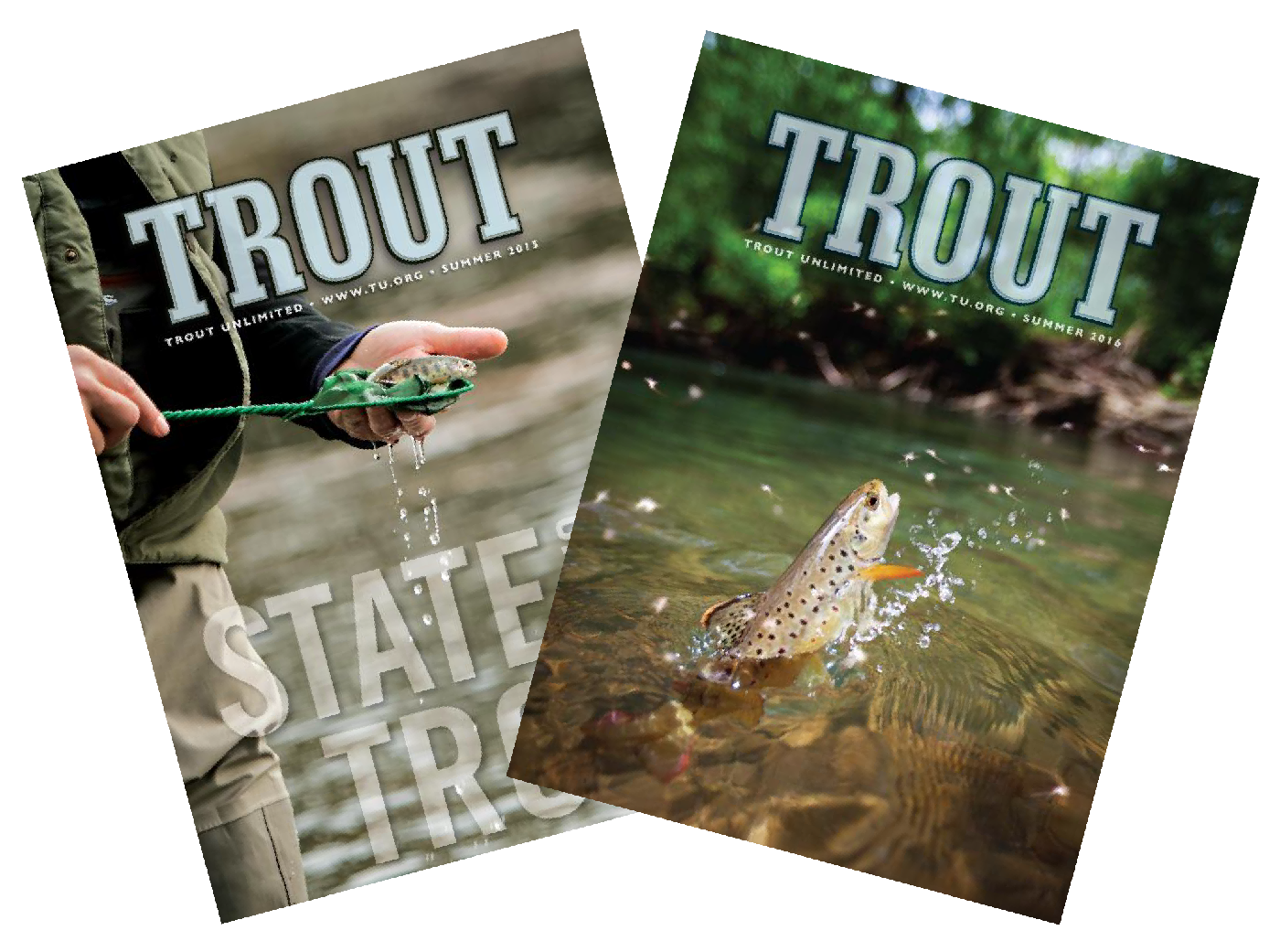Why choose CorQs FlyFishing Strike Indicators?
An all-natural, strike indicator will definitely help a fly fishing novice catch more fish on nymphs and puts another tool at the disposal of the intermediate or expert nymph fisher.
When is a strike indicator needed? When fishing deeper water in long runs it might be the only way to keep contact with your flies and for deep water angling weight is usually used which can pull the tip of the line under the surface. When this happens you lose contact with you whole system. This is a good time to apply an indicator in the terminal system.
Another time an indicator is required in when fishing size twenty and smaller dry flies. In this case an indicator is necessary to keep track of the fly; a small strike indicator like our 1/2″ CorQ will work.
Last, but not least, an indicator can be used to suspend a nymph just under the surface where the trout might be feeding on an emerging insect. Again the strike indicator will usually be small to medium sized.
In all cases CorQs FlyFishing Strike Indicators have changed the equation; check out the table below to learn more about the types of flyfishing strike indicators and associated conditions.
|

TROUT UNLIMITED GIVES CORQS HIGH PRAISE
Back to back summer edition reviews in TROUT magazine has put CorQs Strike Indicators on the radar of most flyfishers across the globe.
"When you fish long nymph rigs like we do here on the White River, a responsive, castable indicator makes a big difference. I'm a believer."
- Bill Thorne, TROUT Magazine
